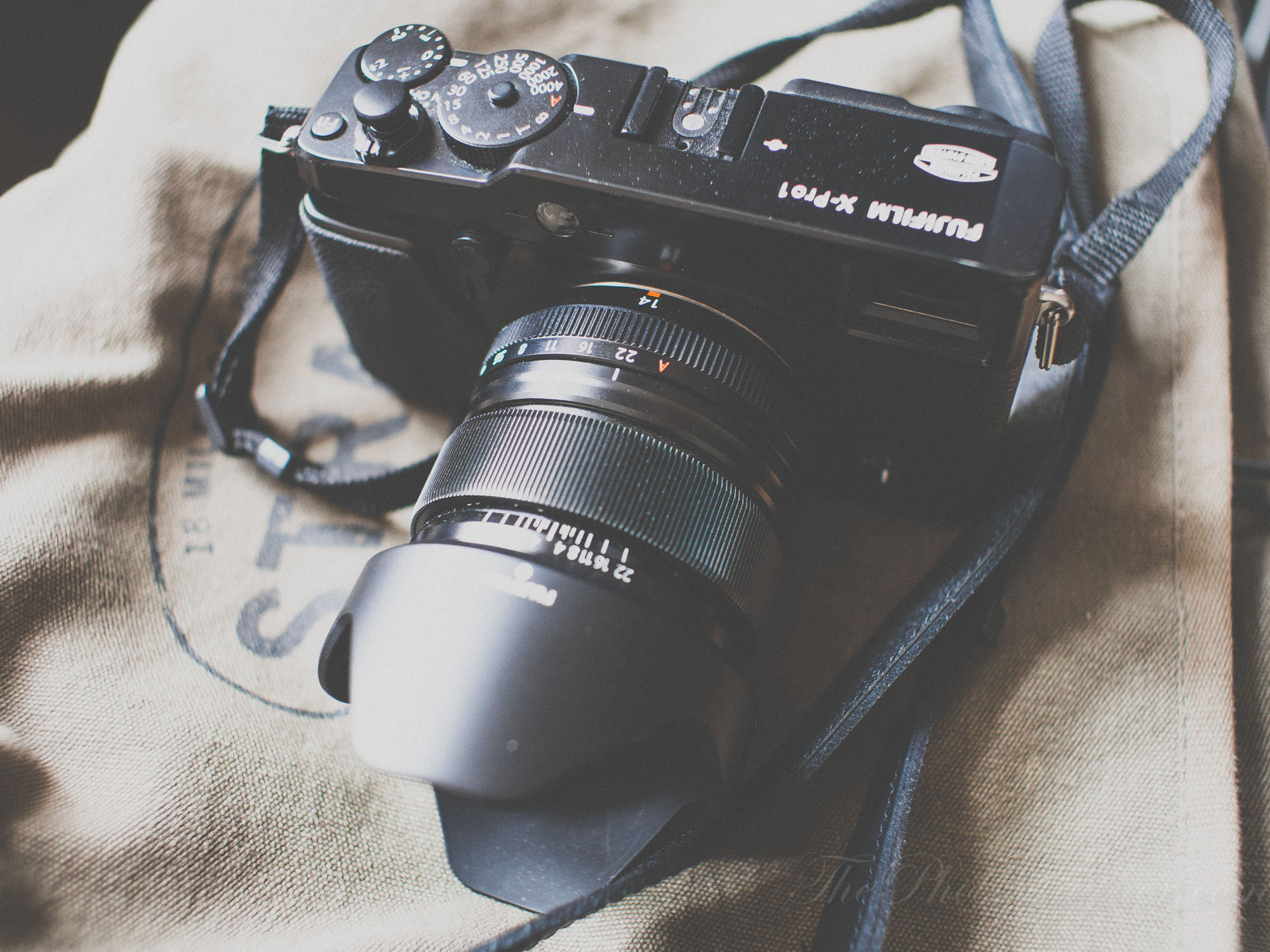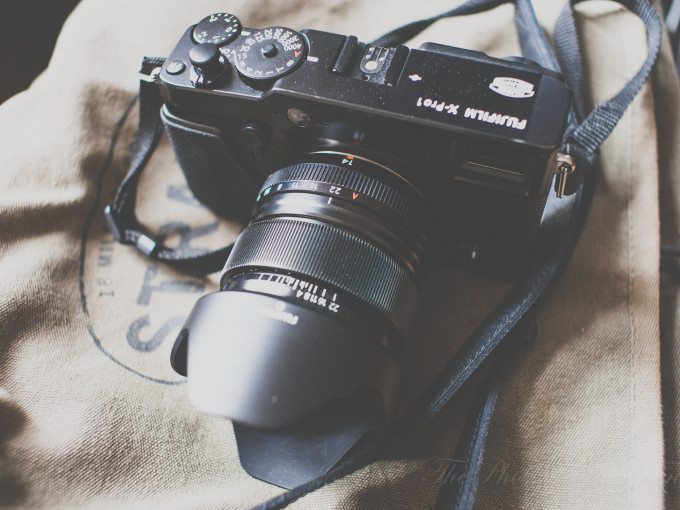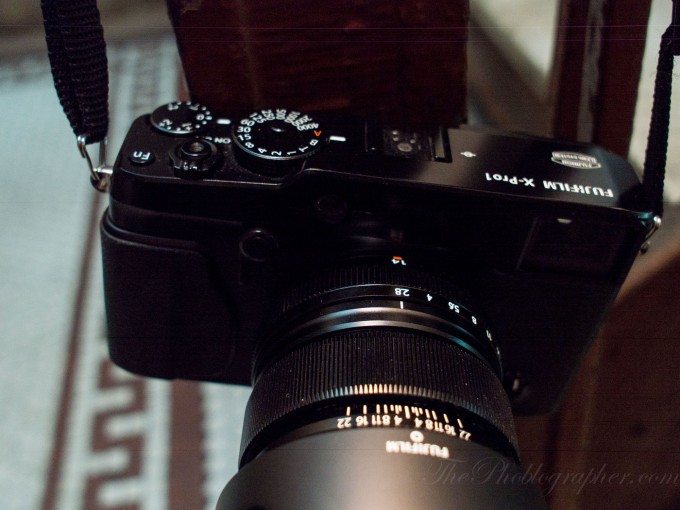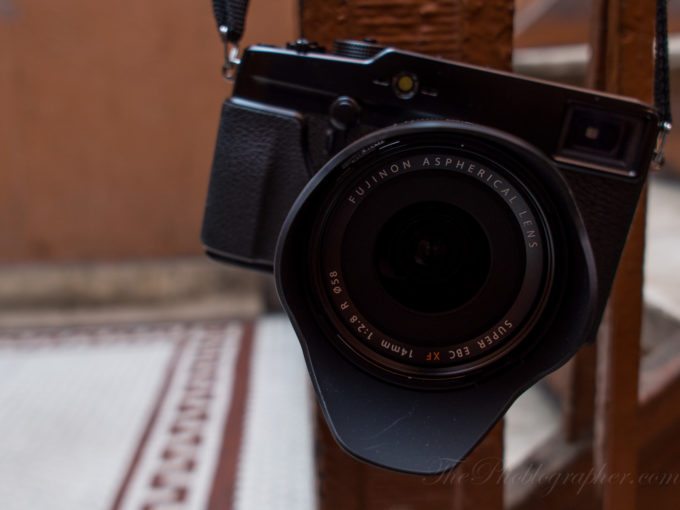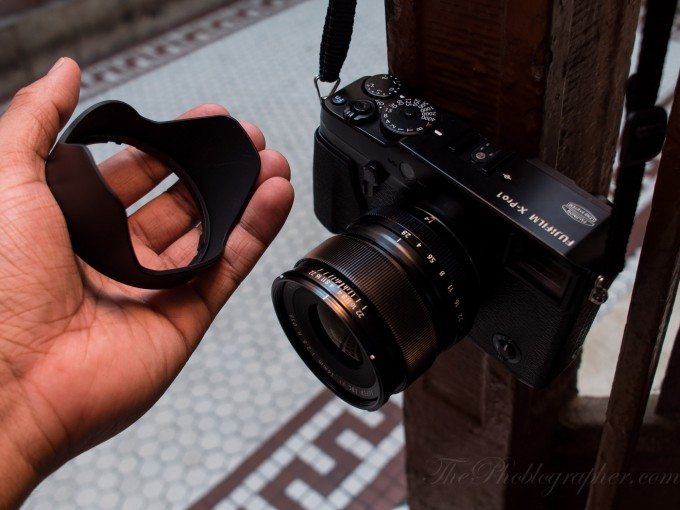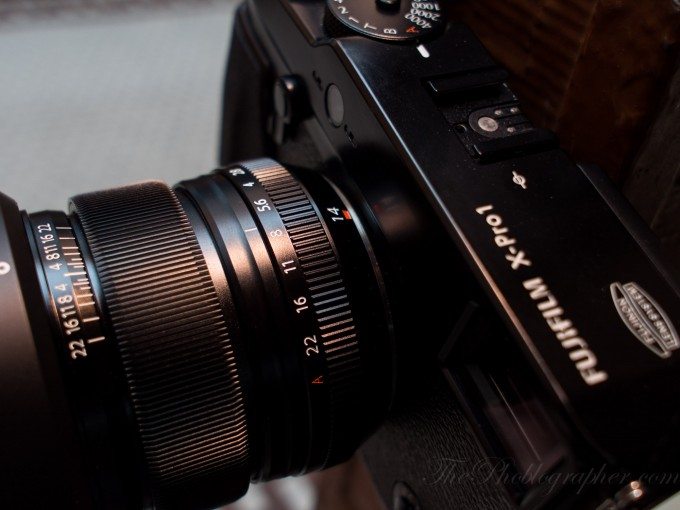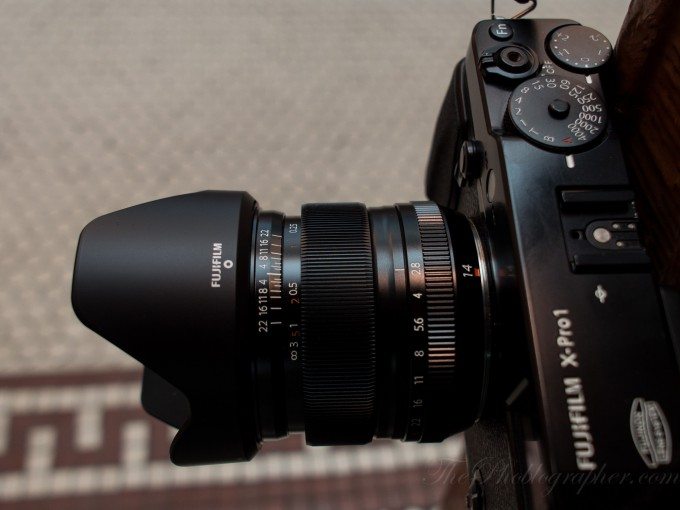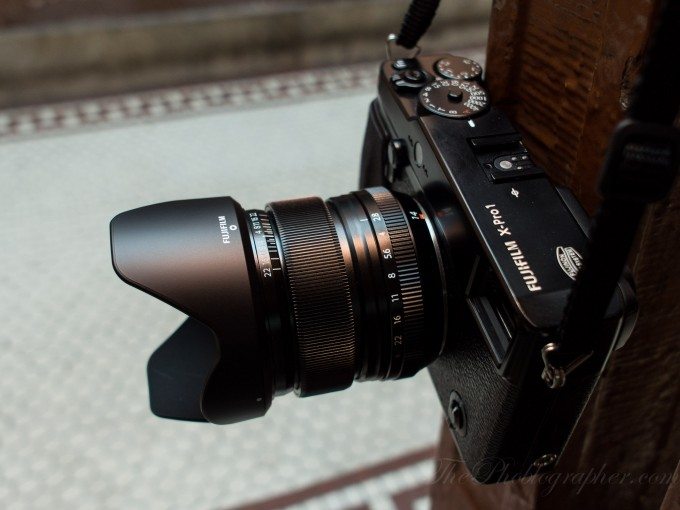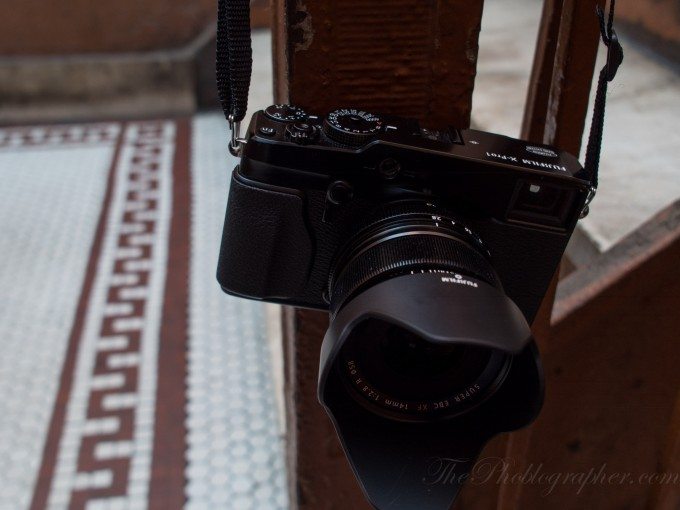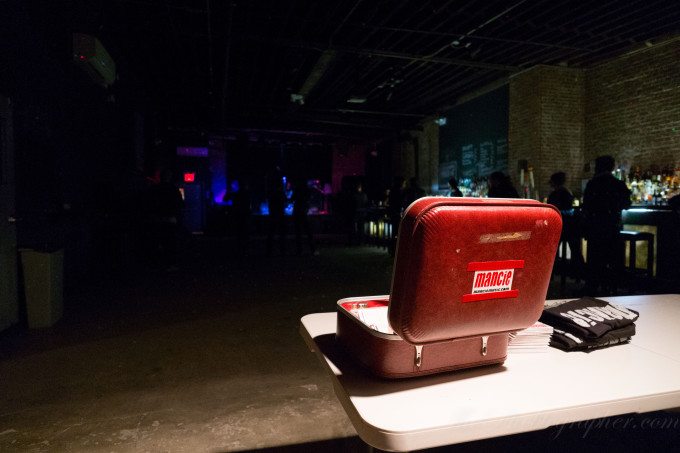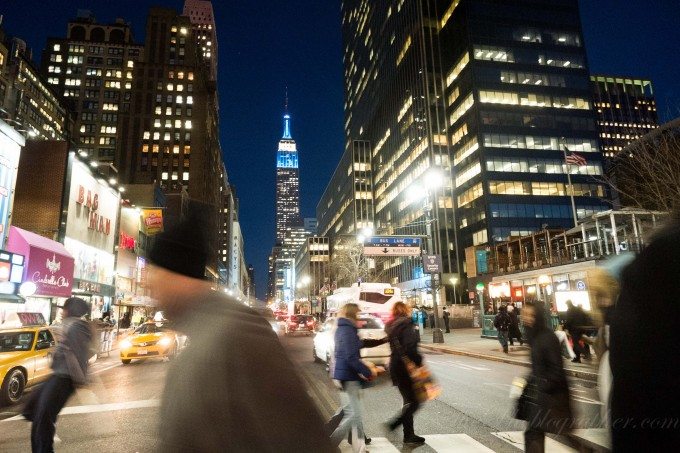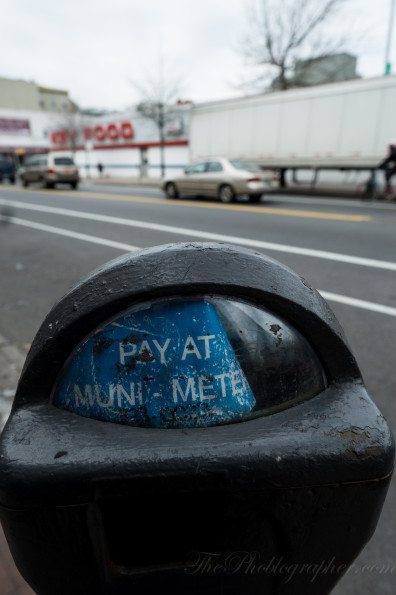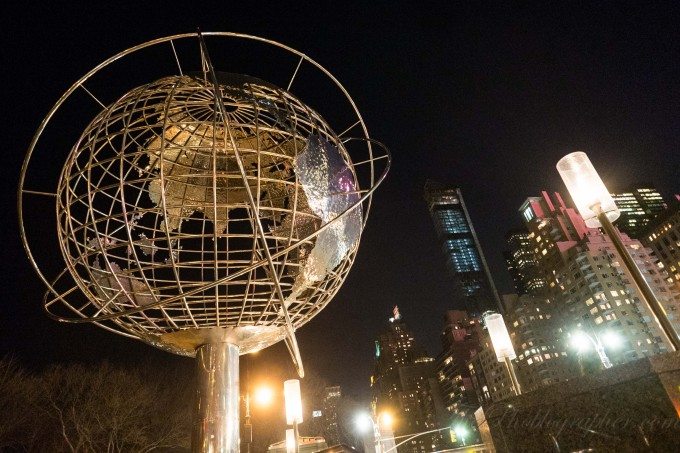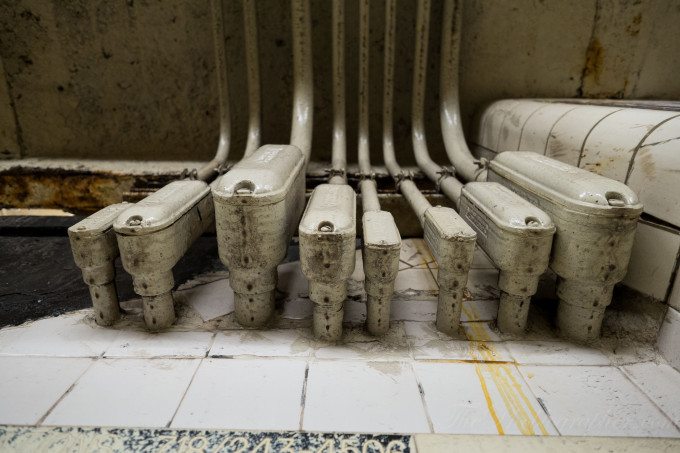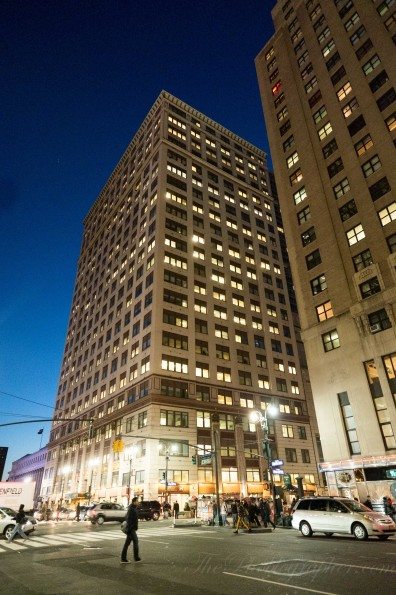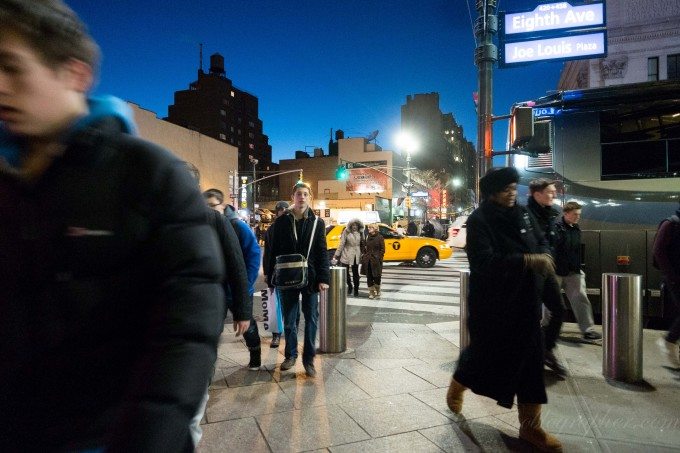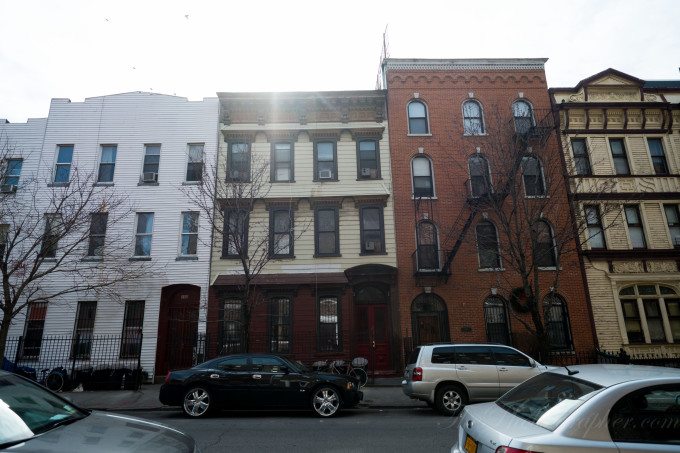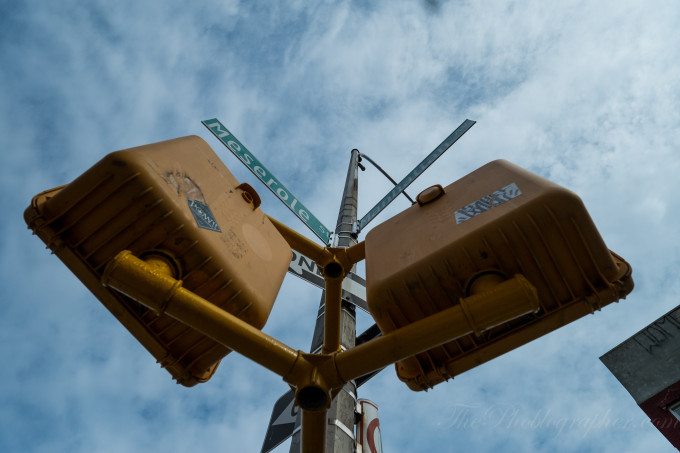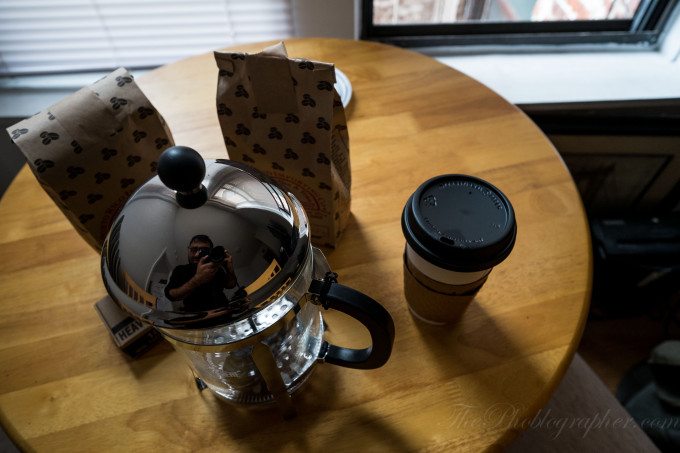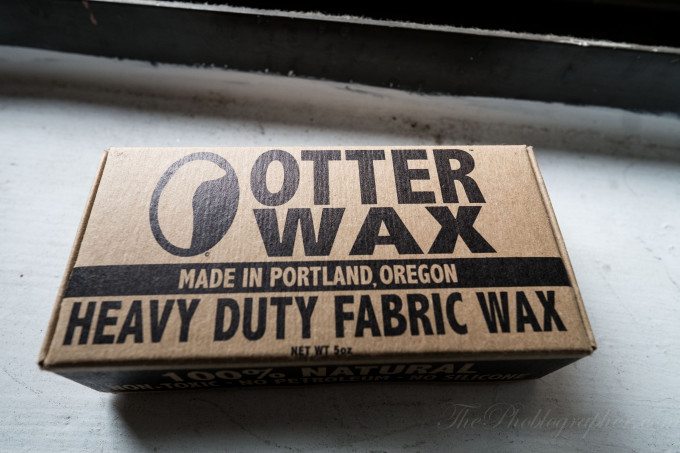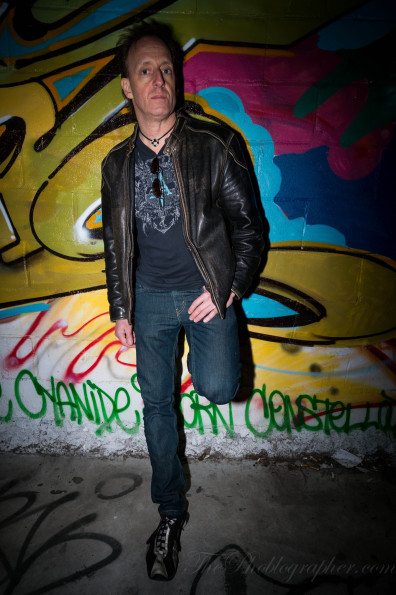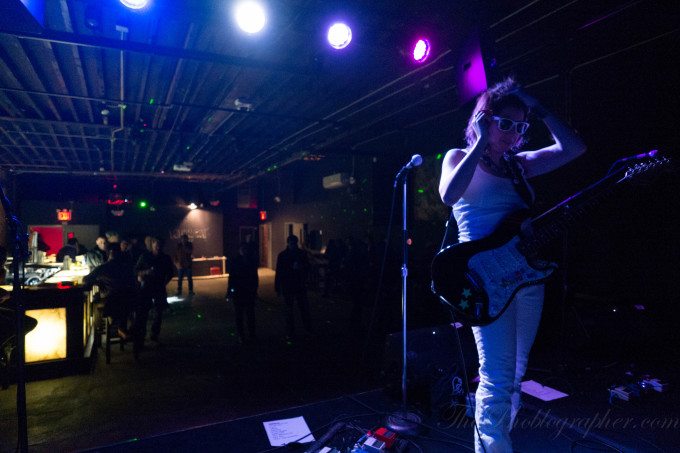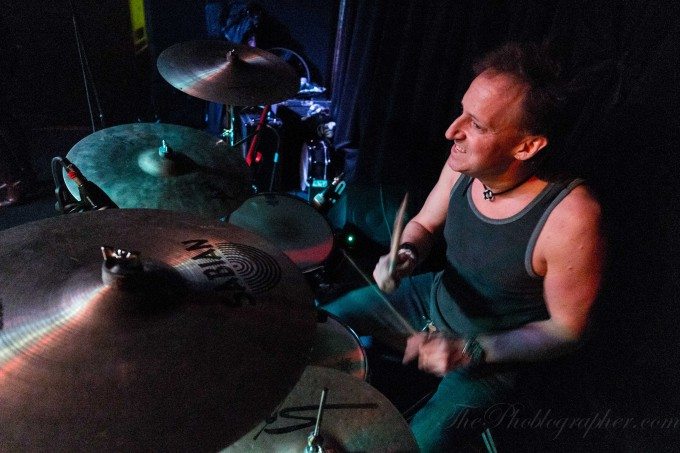Last Updated on 03/06/2013 by Julius Motal
As the first Ultra-Wide Prime lens from Fujifilm, the 14mm f2.8 also incorporates some interesting design elements that surely says that the company is looking at what others are doing. This is evident in the manual focus ring that needs to be pulled back in order to activate the manual focusing ability. Additionally, it reveals a working depth of field scale–something that tells consumers that this lens was designed not only to take on Leica and Zeiss, but also for the street photography crowd. The 14mm f2.8 renders a 21mm field of view with an approximate depth of field equivalence of f4.5 on a full frame camera when wide open according to mathematical calculations. However, we tested it on Fujifilm’s X Pro 1.
At the time of publishing this post, it is also Fujifilm’s slowest aperture lens–but that doesn’t mean that it is a slouch.
Pros and Cons
Pros
– Excellent sharpness when stopped down. When using a studio light, the specular highlights really make this lens sparkle
– Fairly fast focusing
– The addition of the working manual focus ring and depth of field scale has us totally stoked–and you should be too.
– Very little distortion until you start to get very close. It is more apparent towards the corners
Cons
– More color fringing than we’d like–though this can be easily eliminated with software.
– For a mirrorless camera lens, it is a tad larger than we’d like.
– Still a bit slower than the 35mm f1.4 X
– We wish that it could focus closer, even with the macro setting activated
– Switching the X Pro 1’s focusing mode to manual does not activate the manual focusing ability on this lens (at least at the moment.)
– Quite costly
– We wish that the focusing and aperture rings were smoother
Gear Used
For this review, we used the 14mm f2.8 with the Fujifilm X Pro 1, Vivitar 285 HV flash, Pocket Wizard Plus III radio transmitters, Paul C Buff Einstein E640 and Westcott 7 foot parabolic umbrella.
Tech Specs
Specs taken from the B&H Photo Video Pro Audio listing of the product
| Performance | |
|---|---|
| Focal Length | 21 mm Comparable APS-C Focal Length: 14 mm |
| Aperture | Maximum: f/2.8 Minimum: f/22 1 |
| Camera Mount Type | Fujifilm X mount |
| Format Compatibility | DSLR (APS-C Sensor) |
| Angle of View | 89° |
| Minimum Focus Distance | 7.09″ (18 cm) |
| Magnification | 0.13x |
| Maximum Reproduction Ratio | Not Specified By Manufacturer |
| Groups/Elements | 7/10 |
| Diaphragm Blades | 7 2 |
| Features | |
|---|---|
| Image Stabilization | No |
| Autofocus | Yes |
| Tripod Collar | No |
| Flash Synchronization | Not Specified By Manufacturer |
| Physical | |
|---|---|
| Filter Thread | Front: 58 mm |
| Dimensions (DxL) | Not Specified By Manufacturer |
| Weight | Not Specified By Manufacturer |
Ergonomics
Ergonomic Tour taken from the First Impressions post
The 14mm f2.8 is a lens that feels as if it is the chubbiest of those released so far. Understandably, it could have something to do with the design of the lens.
First off, the front of the lens seems massive compared to the 18mm f2, 35mm f1.4, and 60mm f2.5 previously released. And the lens hood doesn’t make it any smaller.
Pop the hood off though and you have the rest of the lens overall. Still, this has to be one of the biggest mirrorless camera lenses with autofocus that I’ve ever held.
As is standard for the Fujifilm X series, there is an aperture ring around the lens with thirds of stops. This ring turns fairly smoothly, but is a bit too smooth for my liking. It is nothing like Zeiss, Leica, or Voigtlander.
Fujifilm went the route of copying the Olympus 12mm f2 with the focusing ring. First off, the depth of field scale is a little bit above the focusing ring. When the ring is pulled back, a focusing scale comes up and the two work together for zone focusing. As is similar with the Olympus lens, the camera automatically turns itself into manual focus mode when the focusing ring is popped back.
Want to autofocus this lens? Pop the ring back into place and you’re ready to shoot the lazy man’s way again.
Make no mistake again, this lens isn’t small. When you go out and have the camera with this lens slung around you, it will take quite a few bumps.
Build Quality
Fujifilm’s 14mm f2.8 is built very well. In our first impressions, we noted that it felt a bit like an unfinished product. In some ways, I still believe that due to the fact that the manual focus ring still sometimes feels a bit too sharp against my fingers (which are tough as nails from years of guitar playing and construction work when I was in college). Still though, it is also quite solidly built. It survived most of my normal everyday travel rough and tumbles–though the lens hood probably helped a bit with that.
Ease of Use
Screw this lens on, point, shoot and you’re essentially ready to go. This lens isn’t for noobs though–so I strongly recommend that hipsters that think they’re photographers to instead go with a little kit zoom lens. The aperture ring and manual focusing system will be like second nature to many experienced or rangefinder photographers. Otherwise, put the lens in A mode for automatic control of the apertures.
To be very frank though, if you’re buying this lens to put it in A mode most of the time, we recommend that you return it and instead invest in photography lessons.
Autofocusing
This lens didn’t focus as fast as the 35mm f1.4 also from Fujifilm. I compared it with the lenses from two friends of mine: in one case the 14mm f2.8 was faster but in another case the 35mm f1.4 was also faster. As it stands, I’m going to conclude that the 35mm f1.4 is only a tad faster to focus thanks to firmware updates.
However, the real beauty of this lens comes from manually focusing. The pull back focusing ring and the depth of field scale often make street photography exciting again when using the Zone Focusing/Hyperfocal Length style of shooting.
Image Quality
The 14mm f2.8 gives a field of view of 21mm on the Fujifilm X Pro 1. It is a focal length that I needed to get used to but once I did, using this lens was smooth sailing. The quality of this lens isn’t as good as other 14mm primes that I’ve used. Rokinon’s (for other camera systems) are some of the sharpest I’ve ever tested. This lens overall wasn’t something that I was going to write home about despite having some very good qualities.
Bokeh
This is a tough lens to get any bokeh with unless you start using the Macro setting on the lens. The reason for this is due to the focal length being so wide and just how much will be in focus at a given distance. The other problem is that this lens isn’t the sharpest wide open, but when you stop down then the bokeh becomes ever harder to notice.
Color Fringing
In our tests, we noticed some color fringing in extremely high contrast areas. At one point, we brought it into a studio to shoot product photos of other cameras. One of the items was a lens, and there was quite a bit of purple fringing around the focusing ring of said lens.
With this said though, we need to remind everyone that fringing is easily removed in any editing software.
Sharpness
Again, I really didn’t feel that this lens was the sharpest in the lineup of Fujifilm lenses currently available. Wide open, it isn’t at its best point. You’ll need to stop down to around f5.6 in order to reach its peak.
Distortion
For the most part, this lens kept distortion down quite a bit except when something got too close to the corners to very close up.
This image of Julius shows the distortion when shooting up close and personal to a subject. It still isn’t too terrible overall.
Extra Image Samples
Conclusions
During my one month period with the Fujifilm 14mm f2.8, I only thought that it was, “Okay.” It was used in a variety of situations and places, and overall I couldn’t warm up to it. The image quality wasn’t always there but it was nice to use it in situations where I normally wouldn’t. It is an excellent concert lens for example as long as the camera is cranked up to ISO 6400 and you’re shooting wide open (or mostly so).
By the end though, I appreciated the build quality although I still believe that the focusing ring could have been not only smoother, but easier on the touch.
It is overall quite a beautiful lens in terms of looks. It can capture intimate and close up photos very well one second and then large landscapes the next second. My major problem though was that it just wasn’t sharp enough, which I would have probably forgiven if the lens was a faster aperture like f2.
In closing, I really don’t know what to feel about it and still swear by my 35mm f1.4 being the best lens in the series still.
Please Support The Phoblographer
We love to bring you guys the latest and greatest news and gear related stuff. However, we can’t keep doing that unless we have your continued support. If you would like to purchase any of the items mentioned, please do so by clicking our links first and then purchasing the items as we then get a small portion of the sale to help run the website.


